Composition
HPGR (High Pressure Grinding Roll) cheek plates typically combine two main materials for base plate optimal performance:
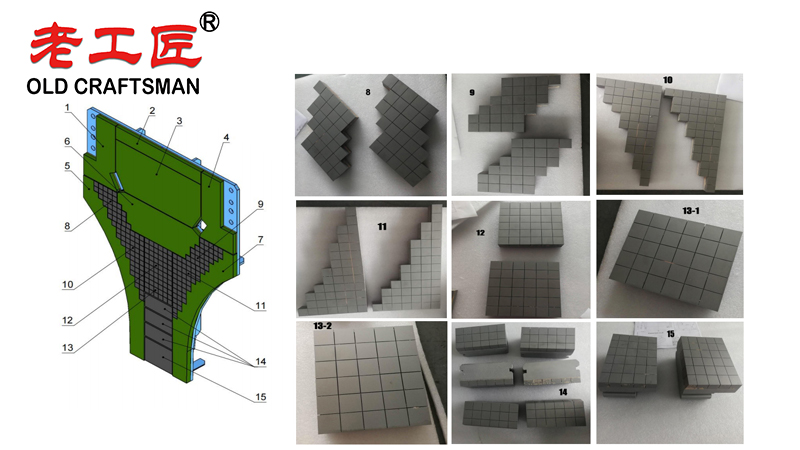
- Carbide Components:
- Usually tungsten carbide (WC) or similar hard materials
- Provides extreme wear resistance, impact resistance
- Typically comprises 70-90% of the wear surface
- Hardness range: 1200-1600 HV (Vickers hardness) high pressure & high temperatures
- Steel Base Material:
- Typically high-strength alloy steel (e.g., 4140, 4340)
- Provides structural support, high wearing and toughness
- Allows for easier machining and mounting
- Hardness range: 300-500 HB (Brinell hardness)
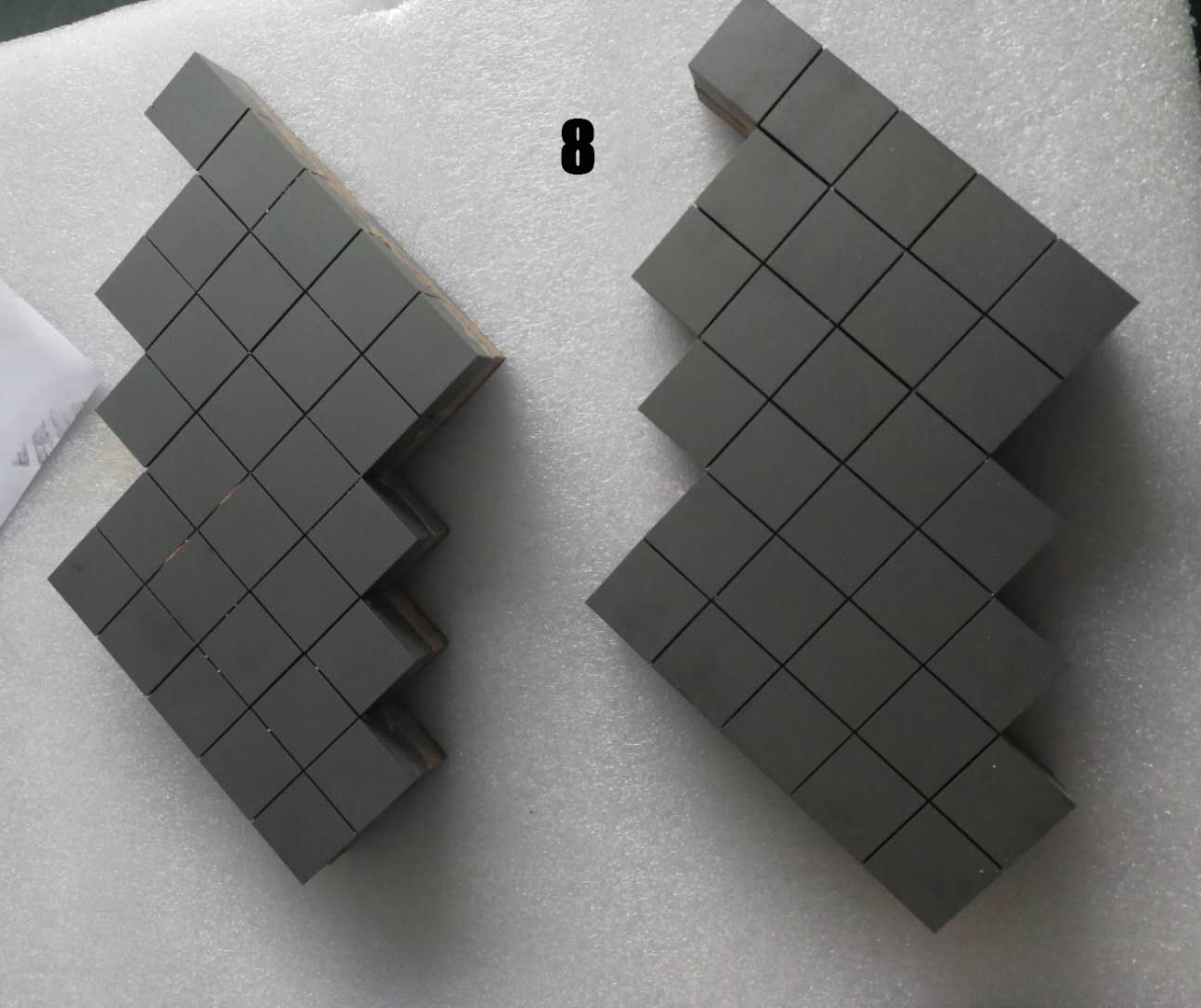
Layout Patterns
Common carbide layout patterns in HPGR cheek plates include:
- Checkerboard Pattern:
- Alternating square or rectangular carbide inserts
- Provides uniform wear extreme wear across the surface
- Concentric Ring Pattern:
- Circular arrangement following the roll’s rotation
- Optimized for material flow characteristics
- Radial Segment Pattern:
- Wedge-shaped segments arranged radially
- Wear resistant materials good for directional wear resistance
- Custom Engineered Patterns:
- Designed for specific ore characteristics
- May combine different geometries
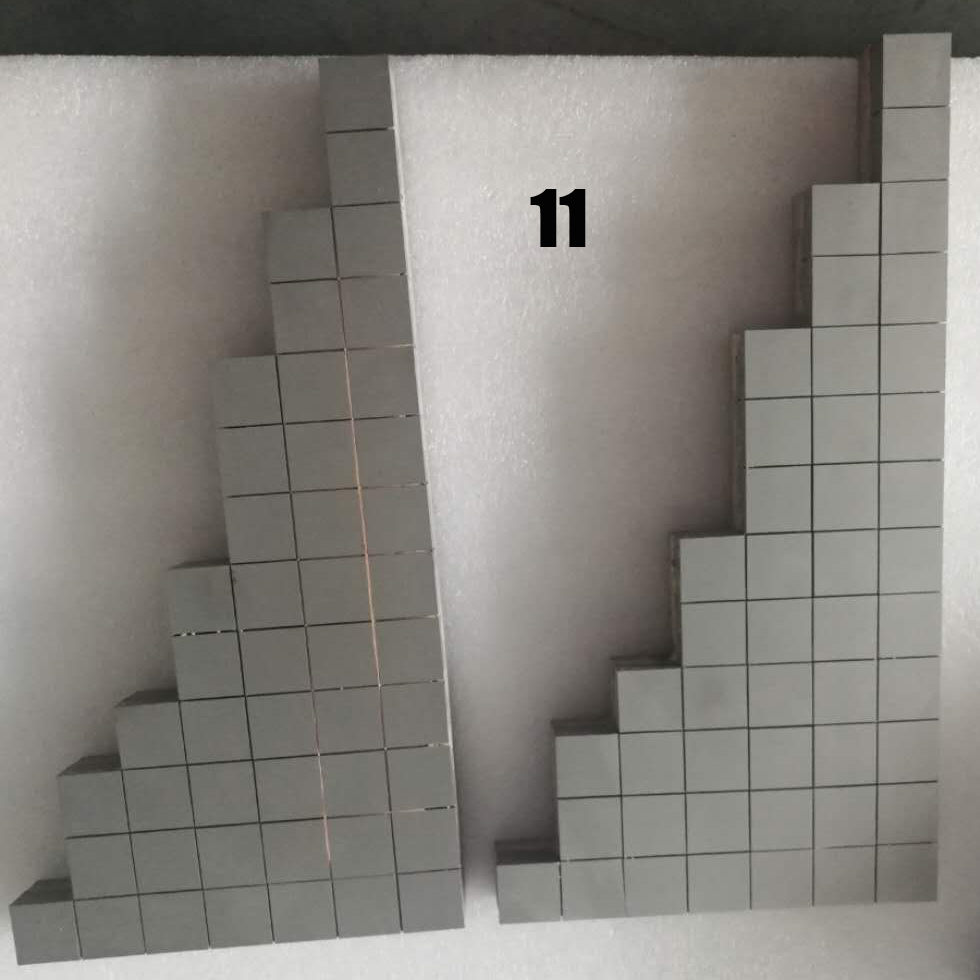
Manufacturing Methods
- Brazed Carbide Inserts:
- Individual carbide pieces brazed onto steel substrate
- Allows for precise placement and orientation
- Composite Casting:
- Carbide elements cast into steel matrix
- Creates strong metallurgical bond
- Mechanical Attachment:
- Carbide blocks secured with fasteners or dovetails
- Enables replacement of individual components
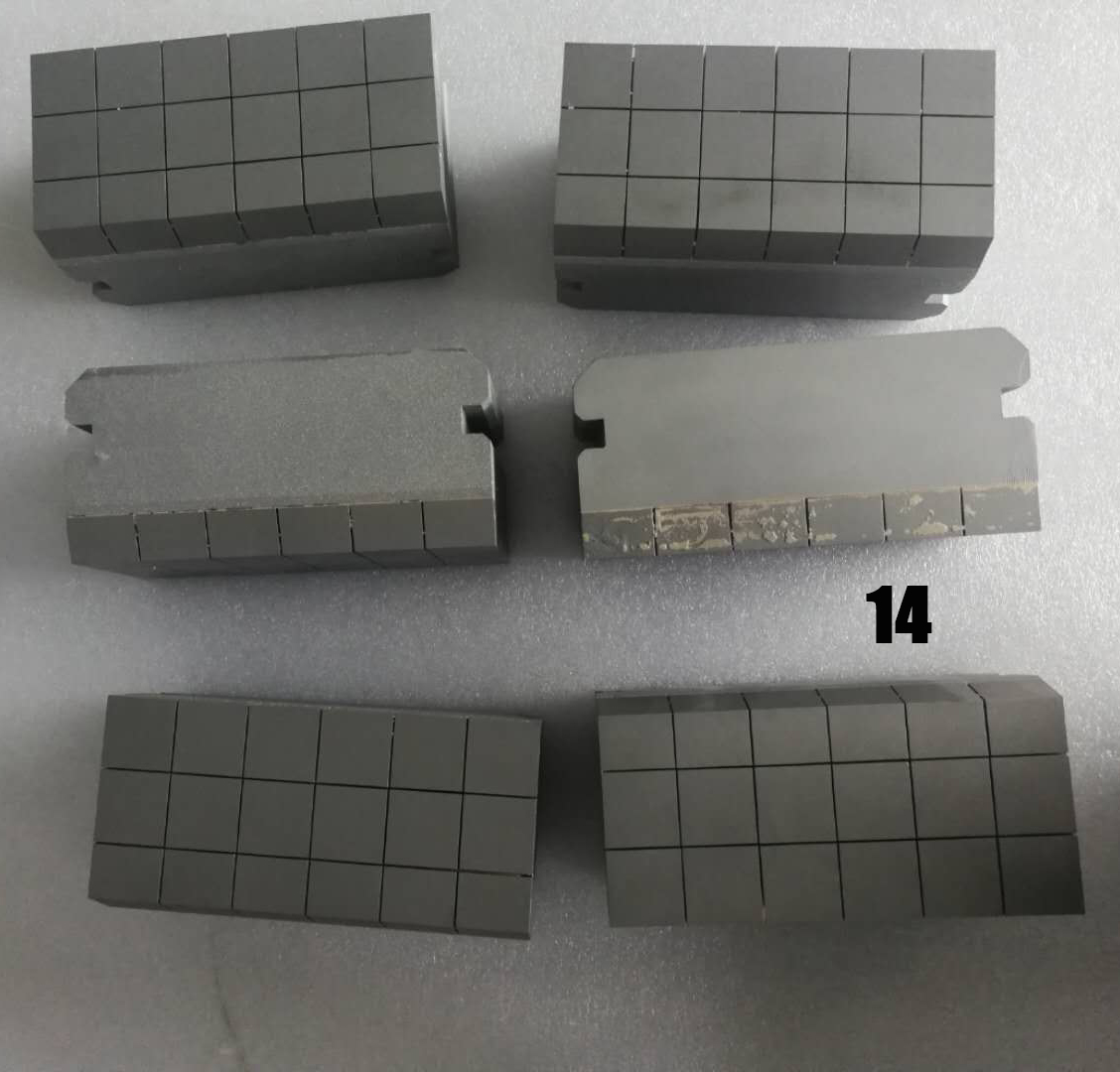
Key Design Considerations
- Carbide size and spacing: Balance between wear service life and material flow
- Carbide orientation: Optimized for impact and abrasion resistance
- Transition zones: Gradual changes to prevent material buildup
- Cooling provisions: Some designs incorporate cooling channels
The specific composition and layout are typically customized based on the application (ore type, operating pressure, throughput requirements) and customer’s proprietary designs.
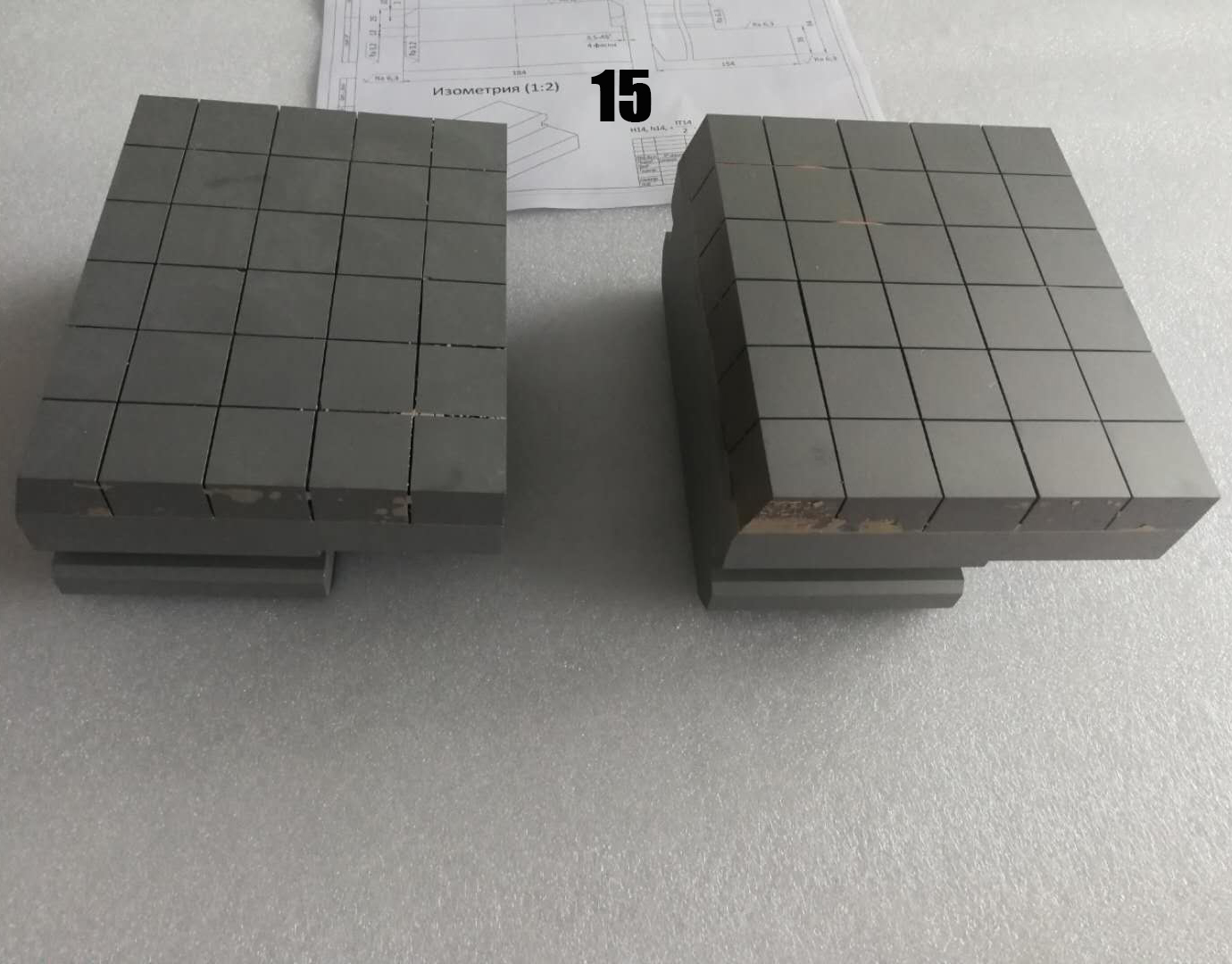
By minimizing chute wear, improving energy efficiency, and reducing maintenance needs, tungsten carbide cheek plates in HPGRs help mining operations cut operational costs while maintaining high productivity. Their durability and performance make them a cost-effective investment for modern mineral processing.
Via upgrading to carbide cheek plates, HPGRs achieve higher energy efficiency, lower operating costs, and more sustainable grinding compared to traditional steel alternatives.
“Zhuzhou Old Craftsman Precision Alloy Co., Ltd. could production tungsten carbide wear parts and make your equipment use life is tens of times longer than before! We specialize in providing customized tungsten carbide wear products solutions to meet the demanding requirements of industries such as aerospace, automotive, mining, and precision machining.”
Belt scarper Brazing brazingprocess CARBDIE HAMMER carbide Carbide belt scraper carbidebrazing carbide hammer Crusher CRUSHER HAMMER Informational Internal stress metal mining mold operate Refractory Brick Mold Secondary belt cleaner scraper stresses VSI VSI crusher wear plates welding work